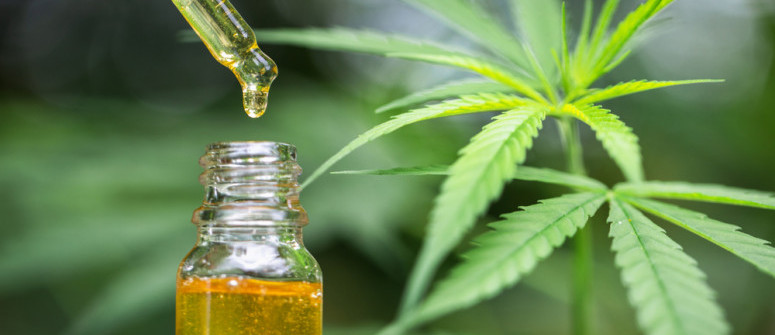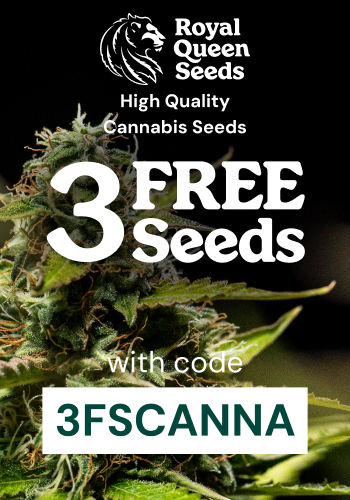How long does it take to absorb cbd and how long does it last?

There are many ways to take CBD. You can munch on an infused brownie, drop oil or a tincture under the tongue, or hit a vape. All of these methods have their own advantages and time of onset. We explore what they are.
New to CBD? You’ll naturally have an array of questions revolving around the cannabinoid. New users are curious about how long it takes to feel the effects and how long it stays in the system. There’s no exact answer to these questions, as many variables dictate absorption and elimination. Factors such as body weight, metabolism, and method of administration all play a role.
First, let’s take a look at the different ways to consume CBD and why some forms act much faster than others. Then, we’ll explore how our individual physiology can impact how long CBD lingers in the body.
WHY DOES IT MATTER HOW YOU CONSUME CBD?
CBD is CBD, right? Why does it matter if you choose to vape extracts or swallow capsules? Is there really a big difference between dropping oil under the tongue or adding it to a cup of coffee?
It can be confusing that varying routes of administration result in different effects. And this confusion is justifiable. Ultimately, CBD ends up in the bloodstream, where it makes its way around of the body. The molecule interacts with receptors in the endocannabinoid system and also seems to have an affinity for serotonin and vanilloid receptors. CBD interacts with receptor sites in the brain after passing through the blood-brain barrier, as well as receptors located in the nervous system, immune system, and other tissues and cells.
The route that CBD undergoes to reach these destinations greatly affects how long it takes to stimulate/inhibit these receptors. Below are the most common forms of administration, along with details on the speed and mechanisms of each.
VAPORISING AND SMOKING
.jpg)
Some users elect to smoke or vape CBD extracts or dried hemp flowers. Both methods enter the body through the same pathway: the alveoli of the lungs. Vaping is often preferred over smoking due to the lack of combustion and carcinogens. When CBD reaches these small pulmonary sacs it diffuses into the bloodstream.
When inhaled, CBD only has to cross a thin membrane to enter the bloodstream, meaning the effects are almost instant. Of course, smoking and vaping isn’t appealing to everyone, but some users value the rapid onset of effects.
Inhaled CBD has a high level of bioavailability, meaning the vast majority of inhaled CBD enters the bloodstream and exerts an effect.
Every form of CBD has an average half-life or the period of time it takes for the molecule to decrease by half in the body. The half-life of inhaled CBD is 1–2 hours following a 20mg dose.
ORAL INGESTION: EATING AND DRINKING CBD
This method of CBD consumption encompasses capsules, swallowed extracts such as tinctures, and CBD-infused food and beverages. Taking CBD in this way is easy, discreet, and doesn't involve the lungs. Increases in demand have fuelled the rise of companies that offer all manner of CBD edibles from candies and cookies to sparkling water and breakfast cereals.
Although eating or drinking CBD-infused products is the tastiest way to deliver the cannabinoid to your cells, this method takes the longest to produce an effect. This is because CBD has to navigate the throes of your digestive tract before being swept up by the bloodstream.
After being chewed and swallowed, edibles are bathed in a soup of acids and enzymes, where it goes through the digestive tract and metabolized by the liver before making its way into the bloodstream. This process is slow in comparison to inhalation. It takes at least 20–30 minutes before the cannabinoid finally hits receptor sites and produces its effects. Orally consumed CBD typically has a half-life of 2–3 hours.
This way of administering CBD has its advantages. It can easily be incorporated into a daily routine and can even be included as part of a meal. Its slow onset may be unsuitable for users who require immediate doses of the cannabinoid, but the effects last longer.
SUBLINGUAL ADMINISTRATION: PLACING DROPS UNDER THE TONGUE
Sublingual administration refers to placing CBD under the tongue. The most common forms of CBD used sublingually are oils and tinctures. This form of administration is used in medicine to introduce a drug into the bloodstream quickly. It also bypasses the digestive tract, which enhances the bioavailability of a substance.
CBD comes into contact with the thinnest layer of the lining of the mouth floor when placed under the tongue. This layer is highly permeable and leads to rapid absorption into the bloodstream via capillaries.
It takes approximately 15 minutes for sublingual CBD to take effect. Simply place a few drops of tincture or oil under the tongue and wait for its absorption. Sublingual application has a wildly varying half-life depending on the dose. It can vary between 1 and 10 hours with doses of between 5 and 20mg.
TOPICAL APPLICATION: APPLYING CBD TO THE SKIN
Topical CBD refers to applying CBD creams, lotions, and salves directly to the skin. When applied topically, CBD rarely penetrates the skin. Due to the protective function of the skin against external influences, CBD has to pass through seven cell layers of the epidermis before it can enter the bloodstream, allowing only a topical absorption of the compound.
This form of absorption is quite slow. It can take anywhere between 25 and 45 minutes before effects take place. Topical application is the pathway of choice for skin conditions and athletic recovery. CBD may ease the symptoms of skin conditions such as eczema, psoriasis, and acne. The cannabinoid might help to decrease inflammation, possibly helping athletes and active individuals recover from tough workouts.
CBD AFFECTS EVERYBODY DIFFERENTLY
It’s not just the form of CBD that alters the effects and absorption. Many physiological variables come into play. The uniqueness of every human body means that CBD effects different people in different ways. Let’s take a look at a few of these determinants.
BODYWEIGHT
Bodyweight is one of the main factors that will impact how CBD behaves in your body. Generally, the heavier a person is, the more of a substance they require to feel an effect. A 100kg male will require more CBD per dose than a 60kg male to produce the same effects.
BODY COMPOSITION
Body composition is different from bodyweight. This refers to the levels of each tissue that compose the body, as opposed to the overall weight. Adipose tissue, or fat, is one element of body composition that has a considerable effect on drug dosage. Increased levels of fat deposits can change how the body distributes, processes, and disposes substances. Because drug clearance is higher in people with increased body fat, they often require larger doses of CBD to experience the same effects.
METABOLIC RATE
Everybody has a varying metabolic rate. This dictates how fast their body is capable of burning calories for energy. Although the amount of activity you partake in can increase the number of calories you use, everybody has a baseline number. In fact, most of the calories we burn are spent on basic physiological functions during rest.
People with a higher metabolism break down and utilise compounds faster. Therefore, they require higher doses of CBD more frequently to maintain the cannabinoid’s effects.
DOSAGE MATTERS
The amount of CBD you consume at any one time will influence how it affects your body. No matter the route of administration, a large dose will take longer to process and have an extended elimination time. Although sublingually taken and inhaled CBD act much faster, a greater dose will enhance the effects of any route of administration.
There’s a lack of scientific research regarding CBD dosing. The cannabinoid is still new to mainstream attention. A reasonable way to dose CBD is to start with a small amount and gradually work up. Some people may respond to a small dose, whereas others require much larger quantities. The factors mentioned above will play an important role in figuring out where to start.
With that said, a 2019 study came to the conclusion that medium doses of CBD were more effective at treating anxiety than smaller and larger ones. This phenomenon is known as an inverted U-shaped dose-response curve. This investigation is a superb example of the nuances surrounding CBD administration. Until more research is conducted, personal experimentation is going to be the best way to discover which dose works for you.
FIND OUT WHAT WORKS BEST FOR YOU
The only way to discover which form of CBD works best for you is to experiment. Of course, you may have a clear picture based on your own needs. If you require fast-acting doses, inhaled or sublingual CBD will be superior. If you have a certain skin condition, then topical application is the way to go.
As you’re discovering your preferred route of administration, you'll also have to figure out your dosing sweet spot. Start out small and see how your body responds. If you feel you could do with a more pronounced effect, slowly enhance the dose.
.jpg)


.jpg)
